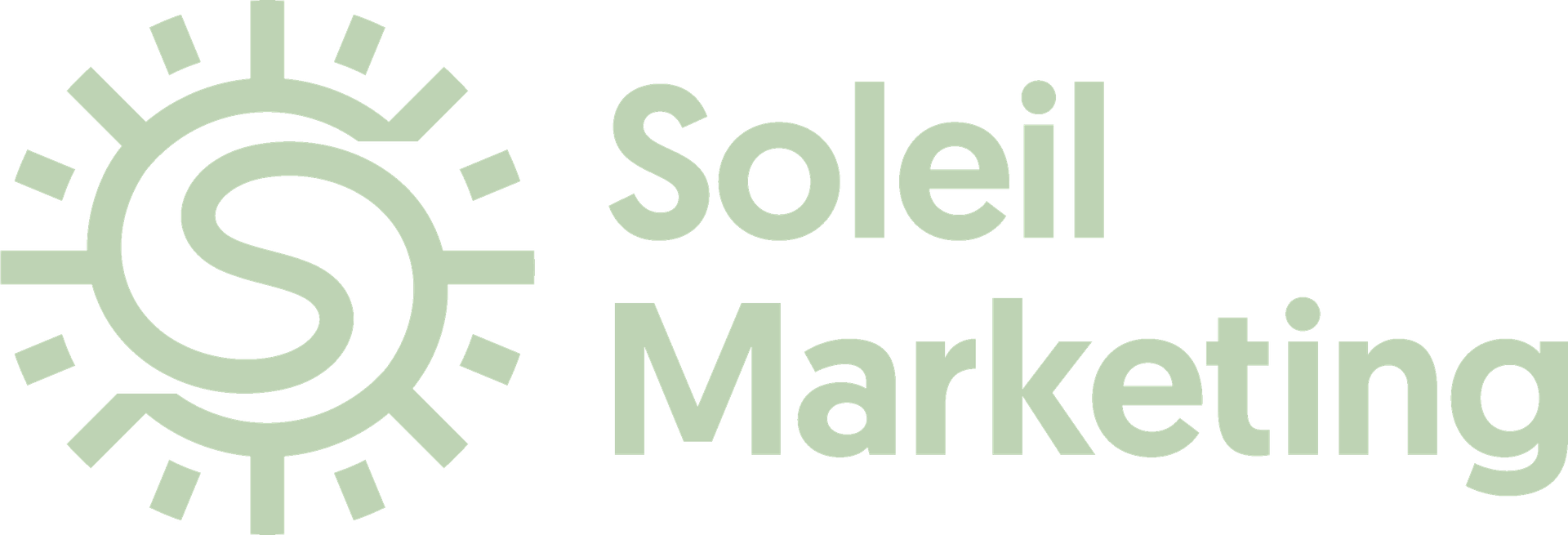This is part two in my blog series: How to create an effective 2025 marketing strategy for your purpose-driven business. Here is part one if you haven’t read it yet.
Step five: Setting objectives
This is a critical step in the marketing planning process. Setting goals seems an obvious thing to do, but many businesses fail to do this; instead they focus on tactics only. As Sun Tzu espoused: “Strategy without tactics is the slowest route to victory. Tactics without strategy is the noise before defeat.”
You should set between one and two core marketing goals annually, three at the very most. If you set out to achieve too much, then you’re going to spread your team and budget too thin.
How to set a marketing objective
Take everything you’ve outputted from the first part of the process. By now you should know who to go after (from the segmentation and targeting) and how you’re going to talk to that audience (positioning). Setting goals is about the what: Defining what you need to do to achieve business objectives.
Senior leaders will say: we need to achieve more sales revenue. But sales are low down in the purchase funnel, so as a marketer your job is to drive all the other steps in the process that lead to more sales.
To do this, build a marketing funnel, add numbers of prospects and customers, and assess: where do we need to focus our activity? Ask: where are we losing prospects? The marketing funnel can act as a diagnostic tool to show you where to focus.
 Image from Displayr.com
Image from Displayr.com
Setting SMART objectives are the approach you need to take here – none of those fluffy, unmeasurable goals. Here are some examples:
Awareness objective
Are you struggling to get traffic to your website? Then you need to focus your efforts on the top of the funnel and set a goal to increase brand awareness:
Example: Increase brand awareness in segment A from 5% to 15% by December 31st 2025
(The % increase is something you’ll need to be able to measure. For this example, you need to have a baseline figure for 1. how big your target segment is, 2. the percentage of the segment that already knows about your business. You can use another figure apart from a percentage, as long as it is measurable at the start and end of the year).
Conversion objective
Are you getting lots of traffic and engagement but no conversions? Then you need to focus the middle of the funnel and look at improving conversion rates:
Example: Increase sales conversion rates from 2% to 4% by December 2025
Loyalty objective
Do you get enough sales but struggle with customer or client retention? It is more profitable to increase retention and customer lifetime value, and reduce churn. You need to set a goal to increase loyalty:
Example: Increase customer retention rate from 25% to 35% by the end of December 2025
The four Ps – Price, Promotion, Place, Product
Many marketing teams don’t get a say in three of the four Ps any more. They mostly act as promotional machines. But pricing, product and place are all important levers you can pull to increase success of your marketing strategy.
- Price is the strongest lever you can pull to increase revenue and profitability, above reducing fixed and variable costs
- Designing products and services correctly in line with your segmentation and positioning – and understanding customer touchpoints – will lead to higher customer satisfaction scores
- Place is about choosing where to sell your goods – taking your market research and audience knowledge and deciding which channel is most accessible to your buyers
Step six: Setting tactics
Now we get into the tactics: the how. There will be a lot of tactics for each objective, which is why you should set very few goals.
Taking the awareness objective above, I’ve provided some example tactics below. These will be different depending on what type of business you are – B2B/B2C/ecommerce/bricks and mortar etc.
Awareness objective: Increase brand awareness in segment A from 5% to 15% by December 31st 2025
Example tactics:
- Establish a co-branding partnership with a relevant organisation, or partner with charity
- Plan and host X number of events (webinars, in-person etc)
- Plan and launch a digital PR and media campaign
- Increase paid search impressions for generic keywords, as well as click through rates from X to X
- Run paid social awareness campaigns targeting audience X to increase social media impressions, partner with a social media influencer
- Advertise in or guest write for relevant publications
- Sponsor an event
- Using an SEO content marketing plan, create a series of blog posts/how-to guides/case studies etc to increase traffic to your website
- Create and launch two seasonal campaigns to run across online/social/TV/radio/PR
Each tactic will need to be measurable, so you can track progress through each quarter of the year, and at the end of the year.
Final thoughts
In the next blog I’ll talk about evaluation, building brand, and frequently asked questions about the process.
With a well planned marketing strategy, everything you do afterwards will make your marketing more effective and grow your purpose-driven business faster.
